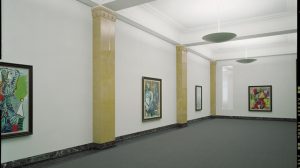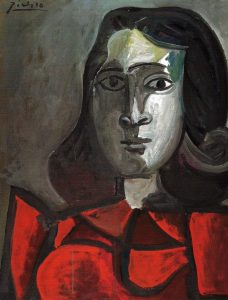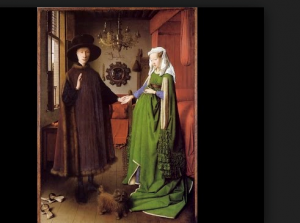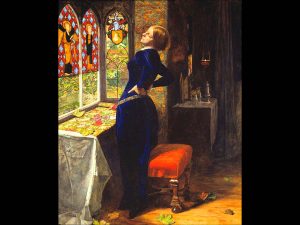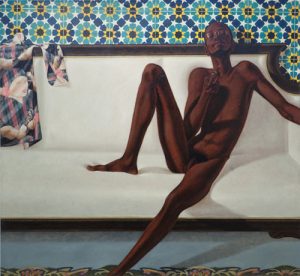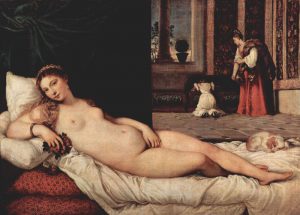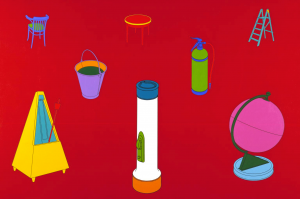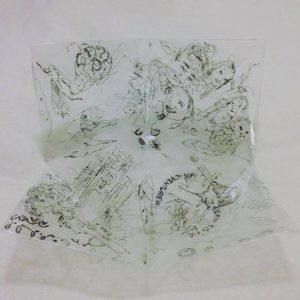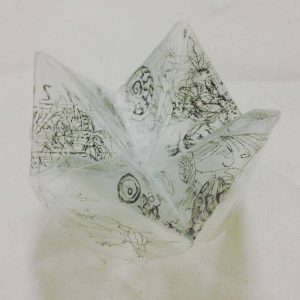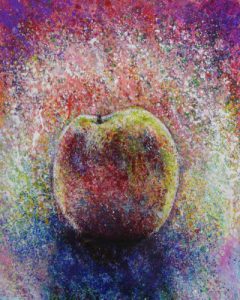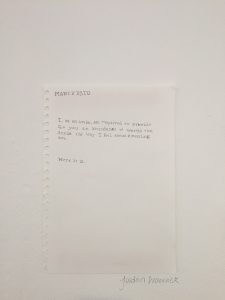During the summer, I visited the Sammlung Rosengart Collection in Luzern, Switzerland. The collection holds more than 300 works by different artists, it was assembled by a Swiss Art dealer called Siegried Rosengart and his daughter, AngeIa, who followed her father’s business. They have collected majority of Pablo Piccasso’s and Paul Klee’s, which makes the museum’s main strengths. They have 32 of Picasso’s paintings, mainly of his later years and also, up to nearly 100 drawings, watercolour prints and sculptural works. His later work often combines elements of his earlier styles.
It was really inspiring looking at pieces from diverse artists that explored various different styles. There was Kandisky’s abstract works, Seurat’s pointillism, Matisse’s Fauvism and Post-Impressionism and many more. Upstairs, there was room filled of photographs of how Picasso was working in the studios. I was able look into the world he works around in.
One of my favourite paintings by Piccasso’s was a portrait of Dora Maar, 1943. It reminded me of ‘Weeping Woman’ at the Tate Modern when I visited it a few years ago. Although, the colour schemes are different but the emotion I saw was similar. The sadness in both paintings were thought provoking the feeling towards me. Majority of his paintings were portraits of women, I was so curious on why and found that he was known for his intense personality, he had a complex series of overlapping wives and lovers during his lifetime. He continued to produce art and love women with undiminished force until his death in 1973 at 91. Also, another favourite of mine was Kandinsky’s Moody Forms, 1936, his lines were so playful and floating against the dark background. It reminded of music playing and sound.
After seeing “Weeping Women” in flesh, I was so amused and intrigued on how cubism works. I wanted to see more of his cubist paintings so I was interested to visit the Rosengart. The use of colour is something different, he uses block colours to represent the figures and shapes. Looking up closely, I noticed he uses various different tones from that one colour and blends it really well. This exhibition left me with wanting paint more and explore different styles of art.

